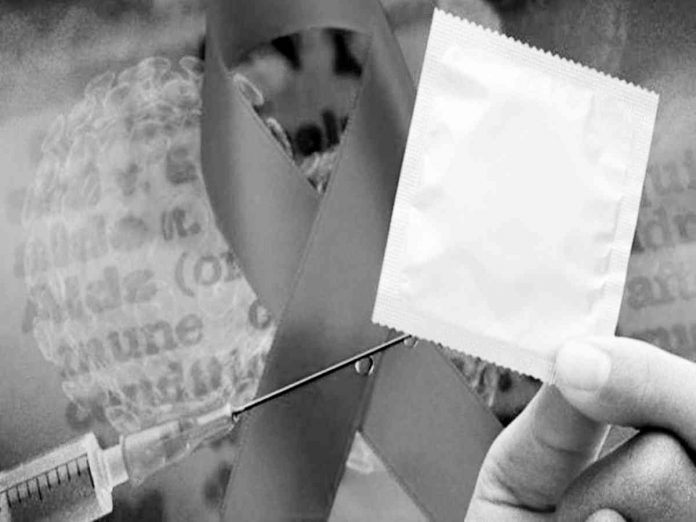
MANILA — Eighty-six of the 1,454 new cases of the human immunodeficiency virus (HIV) reported in January were children and teenagers, according to the Department of Health (DOH).
HIV leads to a condition characterized by the weakening or breakdown of the body’s immune systems. If HIV is not treated, it can lead to fatal AIDS or acquired immunodeficiency syndrome.
According to the January 2023 HIV/AIDS Registry of the Philippines of the DOH, there were 86 newly reported HIV cases involving 19 years old and below.
“There were 79 adolescents aged 10 to 19 years old, and seven children less than 10 years old,” the DOH report said.
With 1,454 new cases, the DOH said there was an average of 46 cases reported every day in January.
A total of 422 individuals reported had advanced HIV infection at the time of diagnosis, mostly among men, it said, adding that there were 39 deaths reported during the month.
The number of new cases brings to 110,736 the total reported HIV cases since January 1984.
Unprotected sex
The DOH data also showed that the bulk of the new HIV cases were from the National Capital Region, Calabarzon, Central Luzon, Central Visayas, and Western Visayas.
These regions comprised 69 percent of the total number of cases.
Of the total cases, 48 percent belonged to the 25 to 34 years old age group; followed by the 15 to 24 years old age group with 30 percent; and 35 to 49 years old at 18 percent.
Of the new HIV-positive cases, 98 percent were contracted through unprotected sex, with men having sex with other men as the predominant type of sexual transmission. The rest were infected through needle-sharing among injecting drug users and mother-to-child transmission.
Among the adolescent group, 57 or 72 percent were 18 to 19 years old, 20 or 25 percent were 15 to 17 years old; and two or 3 percent were 10 to 14 years old. The DOH said that almost all of the reported adolescent cases acquired HIV through sexual contact, with men having sex with other men as the predominant type of sexual transmission.
Meanwhile, most of the cases among the 2 to 9 age group were due to vertical transmission, or mother-to-child transmission.
Among the newly diagnosed women in January, six were pregnant at the time of diagnosis, the DOH said.
6,383 deaths
As of January, there have been 63,809 people living with HIV who were reported to be undergoing antiretroviral therapy, it added.
From January 1984 to January 2023, the DOH said that there were already 6,383 reported deaths.
In December, the DOH said that the COVID-19 pandemic stalled efforts to control the spread of HIV, noting that the health crisis and lockdowns hardly deterred “risky behaviors” that lead to HIV infections.
A DOH survey reveals that the coverage of the government’s HIV prevention programs declined during the pandemic’s first year while high-risk behavior among key populations also persisted. (Tina G. Santos © Philippine Daily Inquirer)



